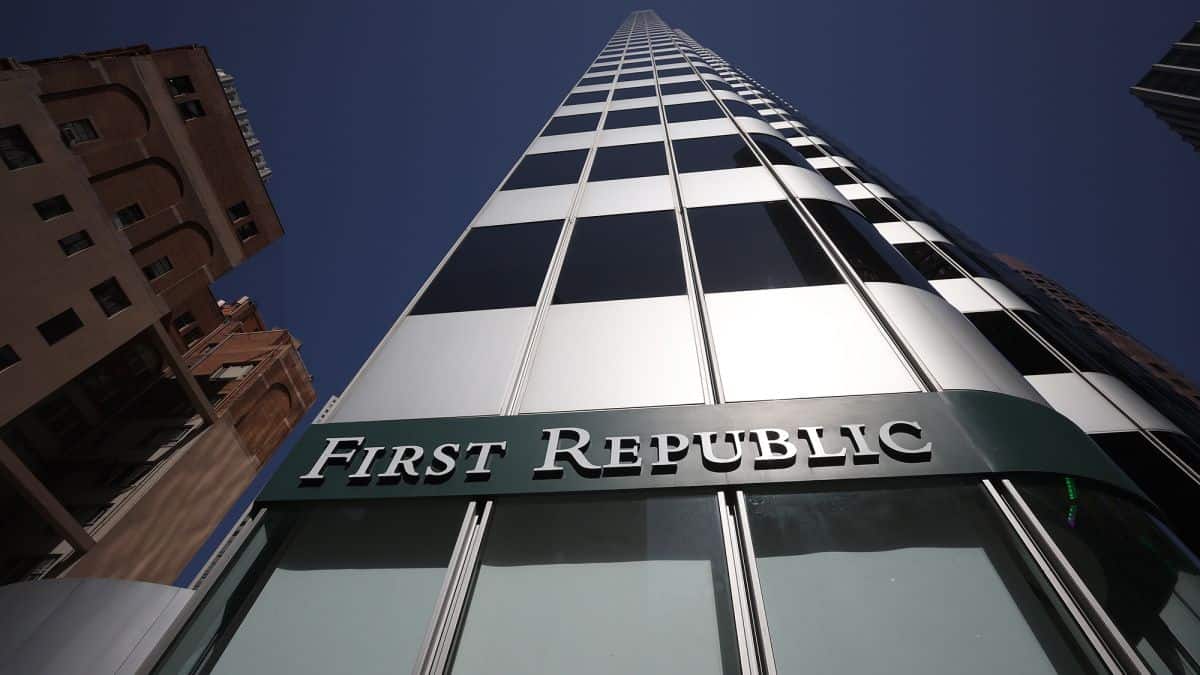It may seem surprising that First Republic, a midsize bank catering to wealthy clients in coastal states, became such a danger to the American banking system that the government had to cudgel the industry to stage an intervention.
The reason has a lot to do with the high-net-worth people who bank there.
“It’s the biggest example of a bank that could go down and shouldn’t go down — a first-class bank,” said a source close to the 48-hour deal to infuse First Republic with $30 billion in cash.
San Francisco-based First Republic, the 14th-largest bank in the country, received the cash infusion from 11 rivals, including America’s largest lenders.
When JPMorgan Chase CEO Jamie Dimon on Thursday reached out to Treasury Secretary Janet Yellen and Federal Reserve Board Chair Jerome Powell, “Very quickly the conversation turned to First Republic,” the source told CNN.
The government-organized rescue isn’t a bailout — its goal is to give the bank enough cash to meet customer withdrawals and assure investors that it can withstand the turbulence that’s shaken the industry over the past week.
So far, it’s not having the desired effect.
First Republic shares fell 25% Friday. Its rescuers are also struggling, with JPMorgan Chase (JPM) down 3% and Bank of America (BAC) falling 4%.
“The market is saying, ‘This is still not enough. We need more,’” Ed Mills, Washington policy analyst at Raymond James, told CNN on Friday.
Why did First Republic have a target on its back?
Investors saw similarities between First Republic and the failed Silicon Valley Bank — another midsize Bay Area-based lender with a deep-pocketed client base.
“These depositors are particularly trigger-prone,” said Patricia McCoy, a law professor at Boston College. “They’re sophisticated, they know they have other options, and they have mechanisms in place to move money quickly.”
That “particularly volatile” base of depositors presents a risk for investors, said McCoy, who helped establish the Consumer Financial Protection Bureau.
Big banks like JPMorgan Chase have diversified their depositor bases to include more of what McCoy calls “sticky deposits.” In other words, regular folks who have less than the FDIC-insured limit of $250,000 in the bank.
About two-thirds of First Republic’s deposits were uninsured. That’s far less than the 94% uninsured that Silicon Valley Bank had, but First Republic also had an unusually large 111% loan-to-deposit ratio at the end of last year, according to S&P Global — meaning it has loaned out more money than it has in deposits.

